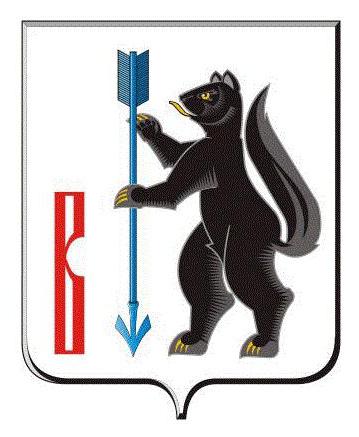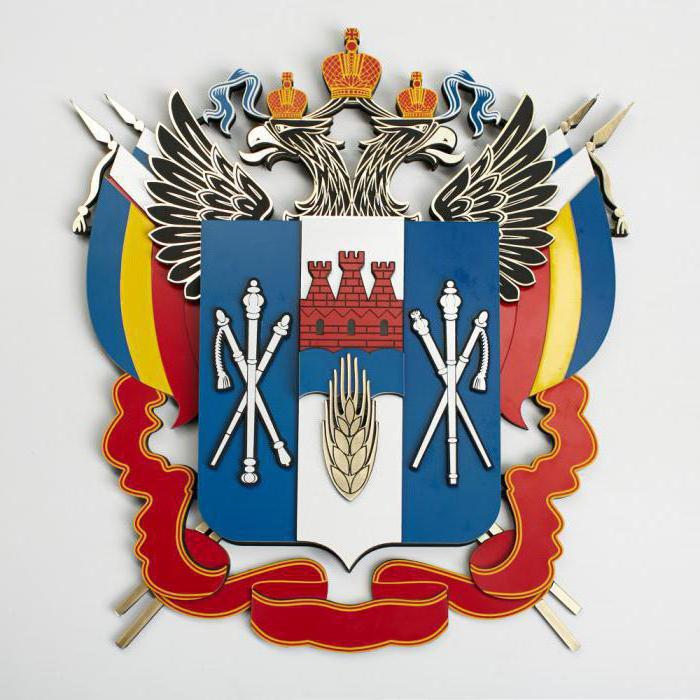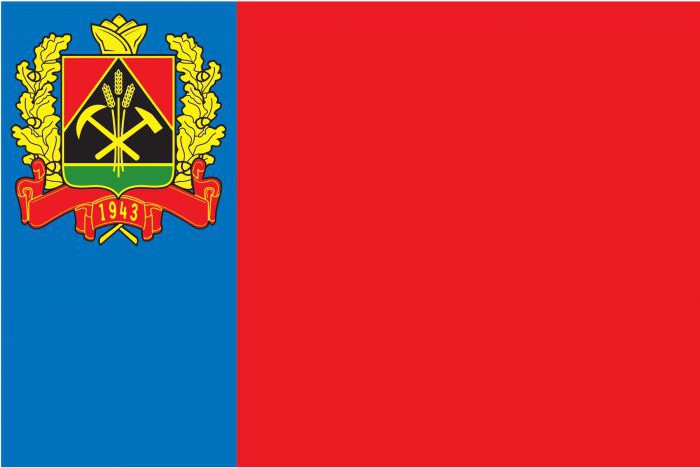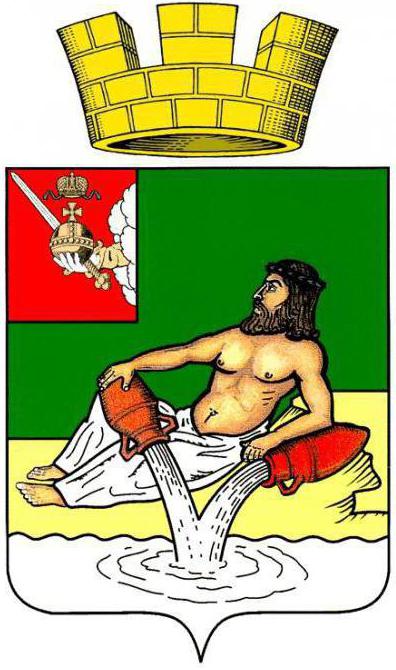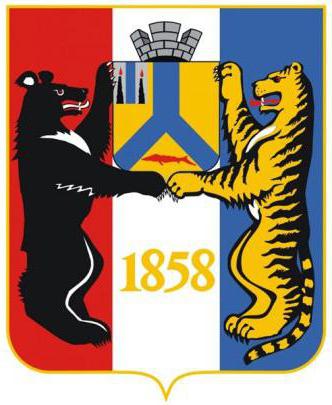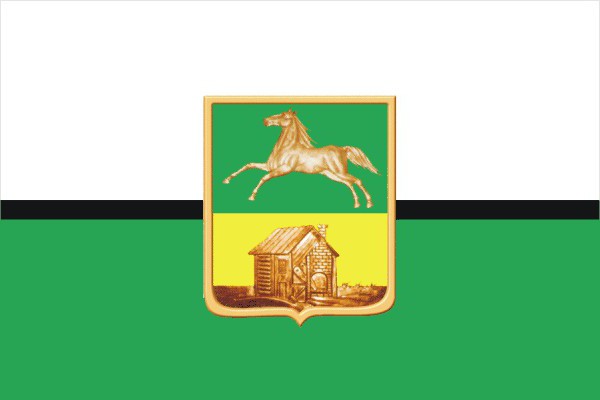Cuba is an island country located inCaribbean. The emblem of Cuba was adopted in 1906, and the flag in 1902. They are the main state symbols that represent the republic in the world. Every detail of them tells about the difficult history of the country and its geographical features. What do the flag and the coat of arms of Cuba represent? Characteristic and description of these symbols you will find below.
Cuba: historical and geographical information
The Republic of Cuba is completely located on the islands.It is washed by the Atlantic Ocean, the Caribbean Sea and the Gulf of Mexico. It is separated from the North America by the Florida and Yucatan Straits. The area is 110,860 square kilometers, and the population is 11.1 million people.
Before arriving on the island of Columbus in 1492 herelived by local Indian tribes. After the discovery of territory by Europeans, the Indians began to exterminate, and the Spaniards and slaves brought from Africa began to inhabit the islands.
At the beginning of the XIX century in Cuba, the struggle unfoldsagainst the power of the colonialists. Actually, it influenced the origin of the national flag and coat of arms. Born in 1848, they are filled with symbols of freedom, dignity and independence. The flag, in turn, resembles that of the United States, because it was the United States that supported the uprising against Spain.
After the overthrow of the Spaniards, the struggle for power over Cuba did not end. A shift of several dictatorships followed. The last was the socialist regime of Castro, which is still in effect.

Coat of arms of Cuba and its description
The authors of the coat of arms were local fighters forindependence, many of which because of this were forced to travel to the United States. Their ideas and beliefs were later embodied in the national symbols of the state. Miguel Tolon, Narciso Lopez, José Sánchez-Isnaga, Cyril Vilverde, Juan Macías and José Anisteto participated in the creation of the flag and coat of arms of Cuba.
The shield of the emblem has a triangular shape.His composition is divided into three parts. The upper part is oriented horizontally. It depicts the rising sun above the sea, the rays of which are made yellow and blue. Under it is a golden key connecting the two banks.

Two thirds of the coat of arms of Cuba are divided vertically.The left side is filled with oblique stripes of blue and white. The right side shows a palm tree growing on the slopes of the mountains. Above the shield is a red Phrygian cap. From the sides, the arms of Cuba are framed by green branches with red fruits: on the left - an oak branch, on the right - laurel.
Meaning of symbols
The emblem of Cuba is filled with numerous detailseach of which has its own meaning. Phrygian cap came from European traditions. It is a symbol of freedom and became popular during the French Revolution. In antiquity, liberated slaves could wear this headgear. The star on it symbolizes independence.

The rising sun on the shield of the coat of arms toosymbolizes freedom. The golden key below it is Cuba, and the shores around it are the Florida and Yucatan peninsulas. So emphasized the key geographical and political significance of the republic, located right at the entrance to the Gulf of Mexico.
Alternation of blue and white stripes on the left sidethe emblem is sent to the flag of Cuba and have the same meaning. On the right side of the palm tree and mountains indicate the local nature and landscapes. Palm also symbolizes the resilience and inflexibility of the inhabitants of the country.
The branches framing the coat of arms are also depicted for a reason. The oak branch signifies the strength of the Cuban people, and the laurel represents its honor.
Flag of the Republic
The Cuban flag was adopted in 1902 andsignificantly different from the coat of arms. It has a rectangular shape with a ratio of width to length of 1: 2. The flag is divided into five equal horizontal stripes. There are three blue stripes, two white stripes. From the side of the shaft there is a red triangle with a white five-pointed star in the center.
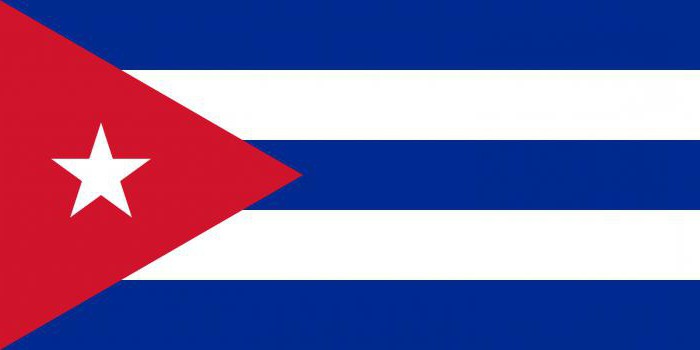
Главными составителями флага считаются Мигель Tolon and Narciso Lopez. They called his colors “colors of freedom”, and called the triangle “a symbol of strength and order”. They gave the flag the poetic name of "lonely star" and first used it in 1850 when an unsuccessful attempt to overthrow the power of the colonialists.
According to the official decoding of the flag,the three blue bars indicate the regions into which Cuba was divided by the Spaniards. White stripes talk about the path to independence, and the white star - about the desire for freedom. The red triangle is a symbol of revolution and blood spilled to achieve freedom and independence.

